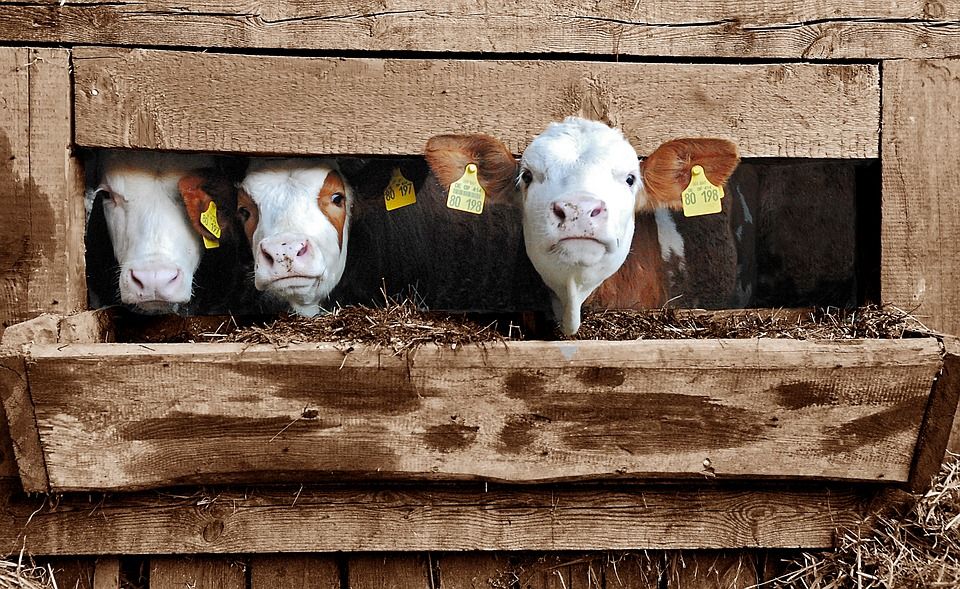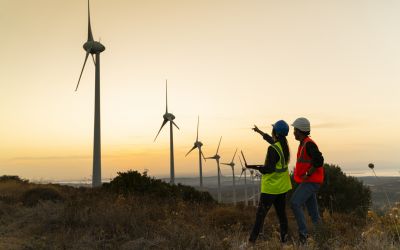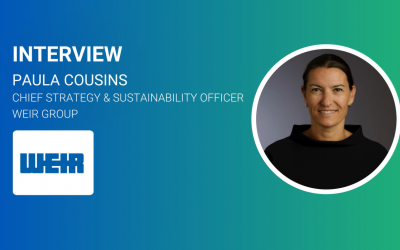Arla Foods pledge to carbon net zero dairy by 2050
Arla Foods have revealed ambitions to reduce greenhouse emission on dairy farms by 30% per kilo of milk over the next decade, with a goal of carbon net zero by 2050.

Arla Foods have revealed ambitions to reduce greenhouse emission on dairy farms by 30% per kilo of milk over the next decade, with a goal of carbon net zero by 2050.
Arla Foods and its 10,300 farm owners have announced the latest environmental goals in their transition to sustainable dairy production, with a key focus highlighting areas where farms can reduce CO2 emissions.
The main target is a reduction of greenhouse gas emissions by 20% per kilo of milk over the next decade, with an overall goal of carbon net zero by 2050. In addition, Arla has listed goals concerning clean air and water to be achieved through farmers maintaining balanced nitrogen and phosphorus cycles, and increasing the biodiversity on farm land.
Jan Toft Nørgaard, dairy farmer and chairman of Arla Foods, says “We want to leverage our position as the leading international farming cooperative with 10,300 farmers and perhaps the most comprehensive understanding of dairy farming and production in Northern Europe to accelerate the transition to sustainable dairy production. We have worked towards sustainable farming for years and we need to go further and faster, not least to help fight climate change, which affects everyone on the planet, especially us farmers.”
The targets were developed in collaboration with university researchers and NGO’s across Europe to contribute to the Paris agreement, as outlined by the organisation Science Based Targets. The organisation deem a target ‘science-based’ “if they are in line with the level of decarbonization required to keep global temperature increase below 2 degrees Celsius compared to pre- industrial temperatures”. Arla has applied, and is still awaiting on approval on their proposed targets.
One of the main difficulties in reducing CO2 emission on farms is identifying the key offenders. Once understood, farmers can deploy measures to reduce a farm’s main climate impact. Arla follows the internationally recognised methodology for carbon footprint calculations at farm level, developed by the International Dairy Federation. Since 2013, these tests have been conducted over 5,000 times on Arla farms.
Dairy farmers have a variety of strategies available to reduce carbon emissions, including changing a cow’s feed, transition farms to renewable energy sources, and planting more trees, bushes, hedges and flowers on farm land to help absorb CO2.






